With more than 3-4 years of teaching and uses unique techniques in answering exam questions.
More than 5 years of teaching experience and integrates the textbook knowledge to current events and global issues.
Provided revision of each topic after completing the syllabus with exam tips and tricks to excel in exams.
More than 8 years of teaching experience and teaches short-cut techniques to students to solve questions.
5 years of teaching experience and invented KISS technique to answer questions.
IGCSE ECONOMICS
More than 5 years in teaching and published a research on "The Temporal Price Relationship Between Crude Oil and Ringgit" in 2016.
IGCSE ECONOMICS
Makes classes interactive and collaborative to ensure discussion within students and promotes problem-solving and critical thinking skills to students.
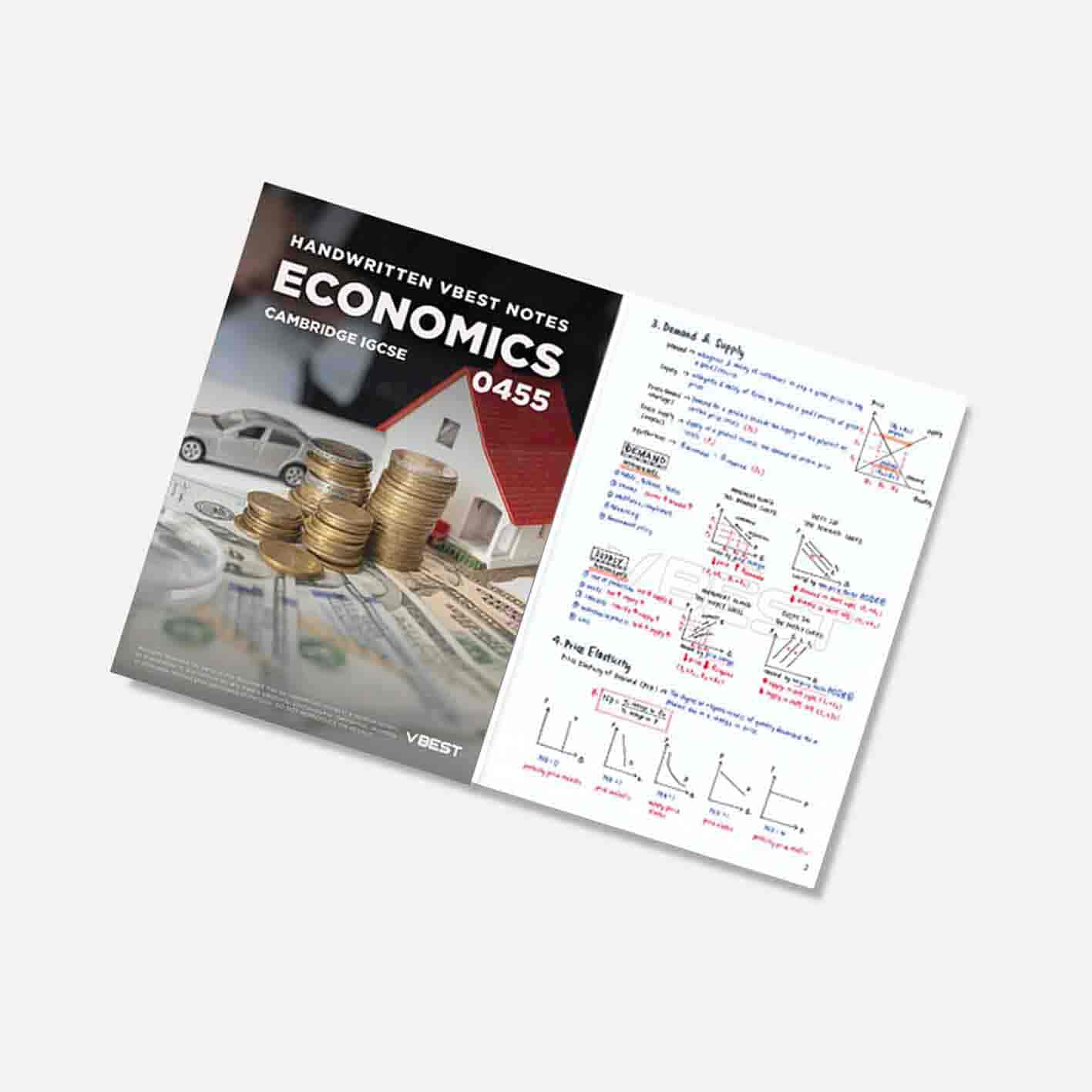
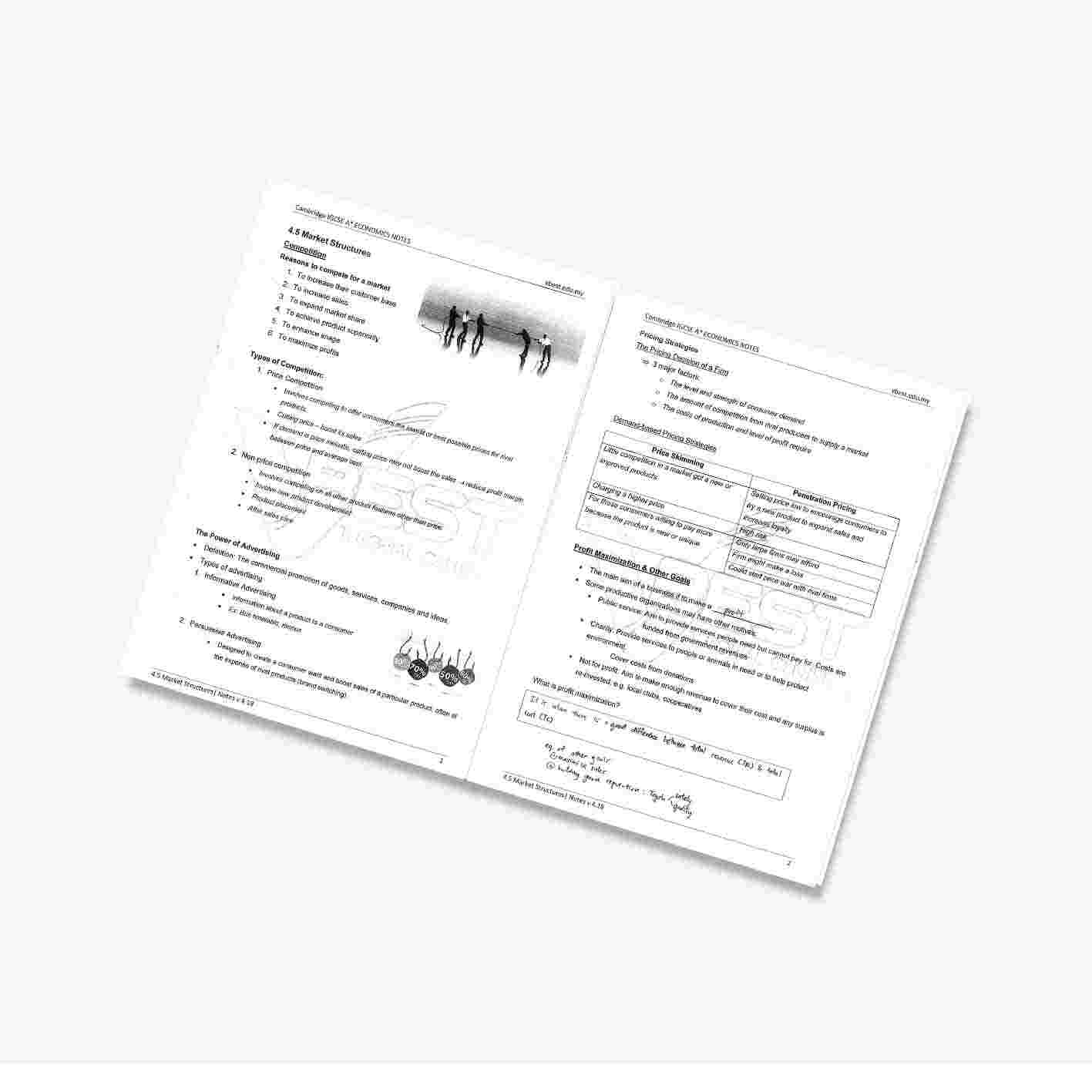
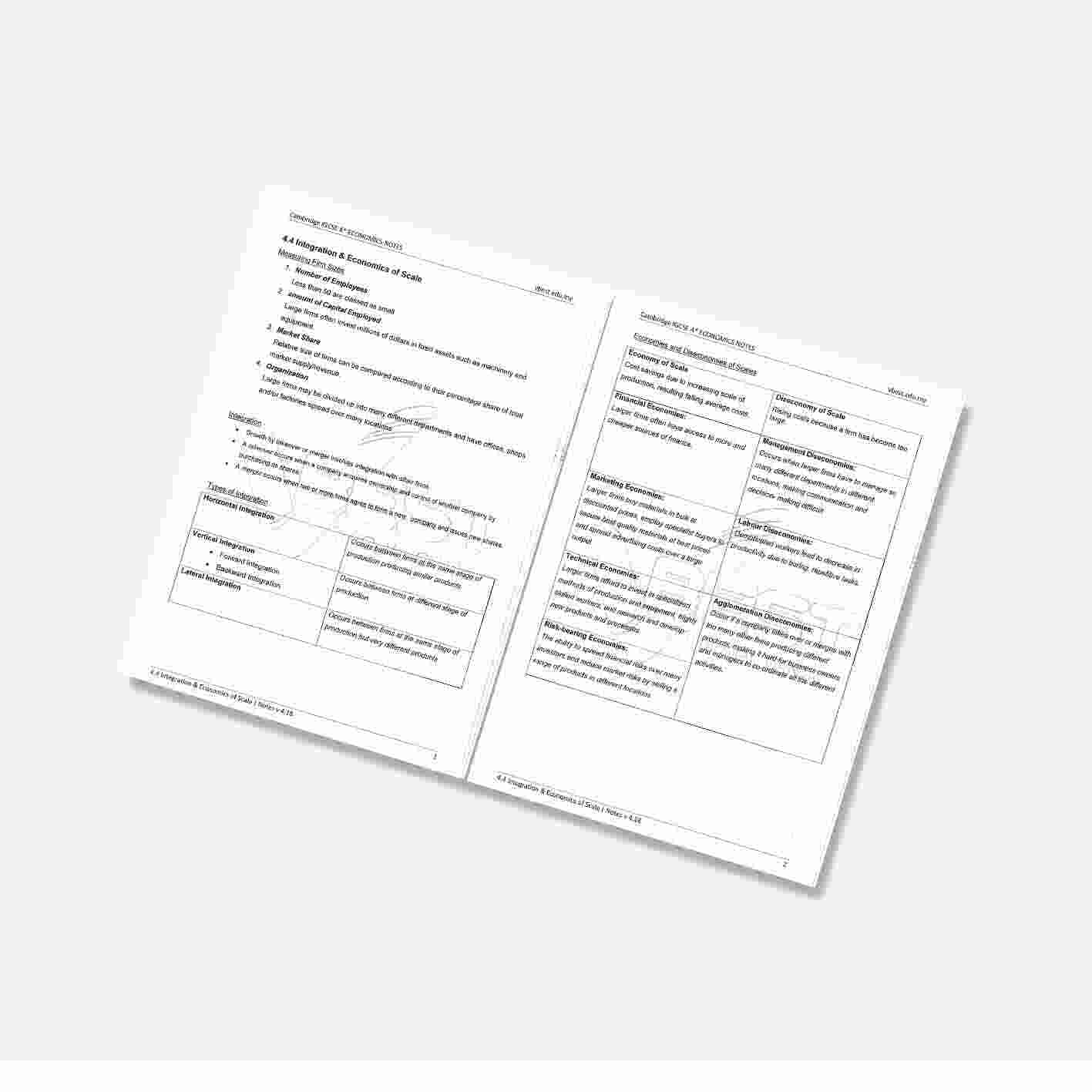
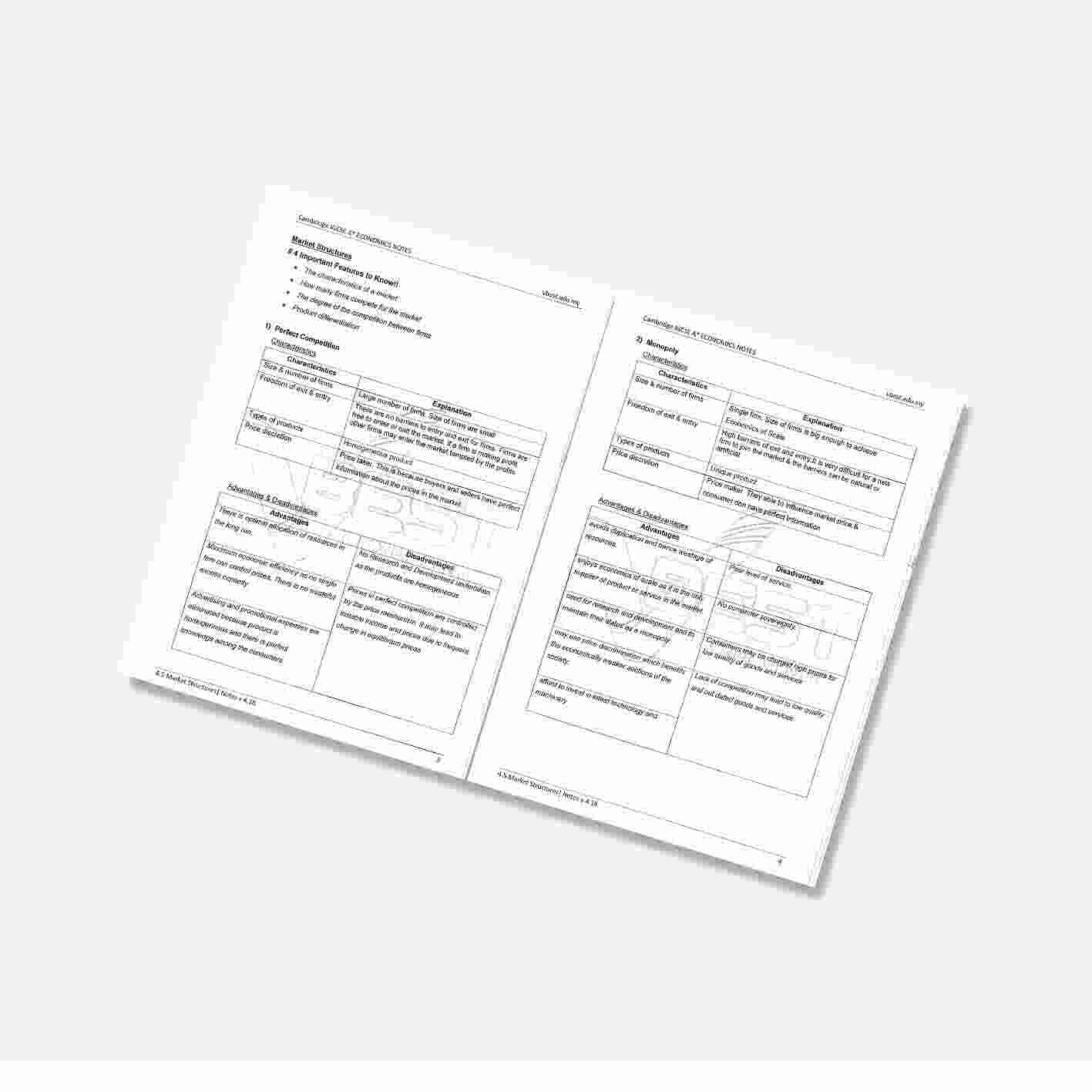
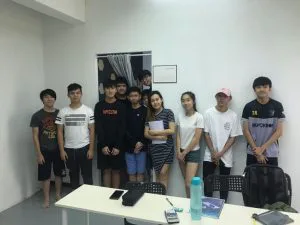
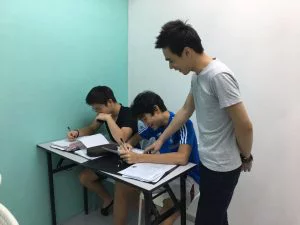
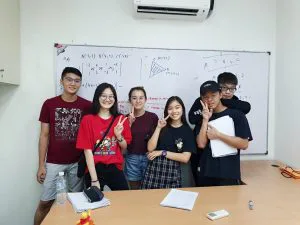


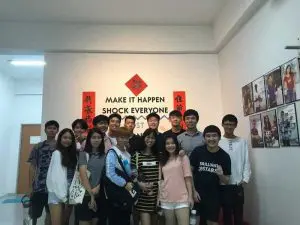
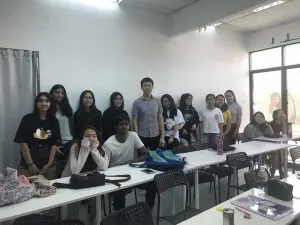

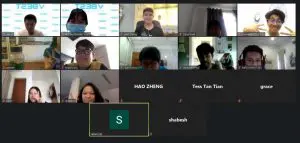
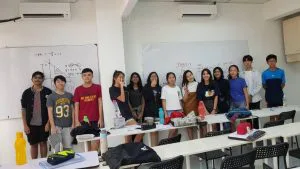











| Items | Economics |
|---|---|
| Subject Code | 0455 |
| Number of Papers | TWO Exam Papers Paper 1 Paper 2 |
| Exam Duration & Marks | Paper 1: 45 minutes (30 marks) Paper 2: 2 hours and 15 minutes (90 marks) |
| Weighting of Papers | Paper 1: 30% Paper 2: 70% |
| maximum raw mark available | A | B | C | D | E | F | G | |
|---|---|---|---|---|---|---|---|---|
| Component 11 | 30 | 24 | 20 | 16 | 14 | 12 | 10 | 8 |
| Component 12 | 30 | 24 | 20 | 16 | 14 | 12 | 10 | 8 |
| Component 13 | 30 | 23 | 19 | 15 | 13 | 12 | 10 | 8 |
| Component 21 | 90 | 48 | 41 | 35 | 27 | 19 | 12 | 5 |
| Component 22 | 90 | 54 | 45 | 36 | 29 | 22 | 16 | 10 |
| Component 23 | 90 | 47 | 40 | 34 | 26 | 18 | 12 | 6 |
| Cambridge IGCSE Letter Grade | Percentage Uniform Mark Range |
|---|---|
| A* | 90 - 100 |
| A | 80 - 89 |
| B | 70 - 79 |
| C | 60 - 69 |
| D | 50 - 59 |
| E | 40 - 49 |
| U | <40 or unsat |
| Chapter | Topic |
|---|---|
| Chapter 1 | The Basic Economic Problem 1.1 The nature of the economic problem 1.2 The factors of production 1.3 Opportunity cost 1.4 Production possibility curve diagram (PPC) |
| Chapter 2 | The Allocation of Resources 2.1 Microeconomics and macroeconomics 2.2 The role of markets in allocating resources 2.3 Demand 2.4 Supply 2.5 Price determination 2.6 Price changes 2.7 Price elasticity of demand (PED) 2.8 Price elasticity of supply (PES) 2.9 Market economic system 2.10 Market failure 2.11 Mixed economic system |
| Chapter 3 | Microeconomic Decision Makers 3.1 Money and banking 3.2 Households 3.3 Workers 3.4 Trade unions 3.5 Firms 3.6 Firms and Production 3.7 Firms' costs, revenue and objectives 3.8 Market structure |
| Chapter 4 | Government and the Macroeconomy 4.1 The role of government 4.2 The macroeconomics aims of government 4.3 Fiscal policy 4.4 Monetary policy 4.5 Supply-side policy 4.6 Economic growth 4.7 Employment and unemployment 4.8 Inflation and deflation |
| Chapter 5 | Economic Development 5.1 Living standards 5.2 Poverty 5.3 Population 5.4 Differences in economic development between countries |
| Chapter 6 | International Trade and Globalisation 6.1 International specialisation 6.2 Globalisation, free trade and protection 6.3 Foreign exchange rates 6.4 Current account of balance of payments |
How experienced are your IGCSE Economics tutors?
Our teachers have at least 4 years of teaching in Economics.
Is IGCSE Economics a hard subject?
With the help of our teachers and their specially crafted techniques, you will be able to understand the hard concepts.
How do I sign up for this subject?
You can WhasApp or call us for the registration.
What age do you accept for your IGCSE Economics Tuition?
Students who are preparing or taking the subject are welcome to join.
Where can I get the notes and past year papers if I am from outstation?
You will be able to get our notes and past year papers from buukbook.com.
If I join the tuition class, will I be entitle to have the notes?
Yes, you will be entitle to have the notes and it will included in the monthly fee.